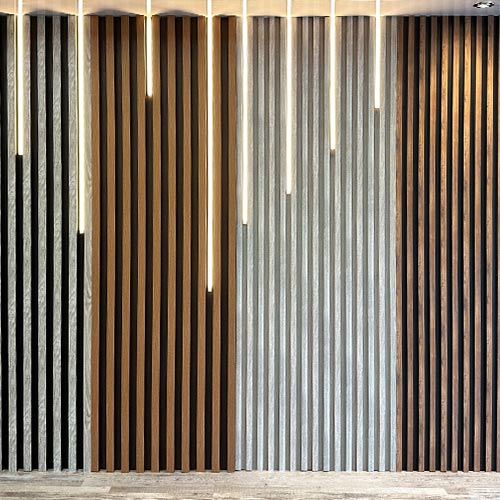A Stain-Free Solution: Removing Stains from uPVC Panels
Unplasticized polyvinyl chloride (uPVC) panels are a popular choice for their durability, low maintenance, and versatility. However, even these resilient materials can fall victim to stains over time. Whether it’s from spilled coffee, ink, or other substances, learning how to effectively remove stains from uPVC panels is a valuable skill. In this guide, we’ll explore tried-and-true methods for stain removal, helping you restore your uPVC panels to their pristine condition.
1. Identify the Stain
Before you tackle a stain, it’s crucial to identify the type of stain you’re dealing with. Different stains require different removal methods, and using the wrong approach can worsen the situation.
2. Gather Supplies
For most stains, you’ll need basic supplies like a soft cloth or sponge, mild detergent, warm water, and a non-abrasive cleaning solution. Additionally, have a bucket and some clean, dry towels on hand.
3. Perform a Spot Test
To ensure the cleaning solution won’t harm your uPVC panels, perform a spot test in an inconspicuous area. Apply a small amount of the solution and wait for a few minutes to see if there is any adverse reaction.
4. Remove Loose Debris
Start by gently removing any loose debris or residue from the stained area. Use a soft cloth to wipe away dirt, dust, or any particles that may scratch the surface during cleaning.
5. Prepare the Cleaning Solution
Create a gentle cleaning solution by mixing warm water with a mild detergent or a specialized uPVC cleaning solution. Avoid using harsh chemicals, as they can damage the material.
6. Gentle Scrubbing
Dip a soft cloth or sponge into the cleaning solution and gently scrub the stained area in a circular motion. Apply moderate pressure, being careful not to scratch the uPVC surface.
7. Rinse and Dry
After effectively removing the stain, rinse the area with clean water to remove any cleaning residue. Dry it thoroughly with a clean, dry cloth to prevent water spots or streaks.
8. Stain-Specific Solutions
For stubborn stains like ink or marker, you may need specialized solutions. Consult the manufacturer’s recommendations or seek advice from a professional for the best approach.
9. Prevent Future Stains
The best way to deal with stains is to prevent them. Consider using coasters, tablecloths, or protective covers in areas prone to spills, and establish a regular cleaning routine.
10. Professional Help
If all else fails or you’re dealing with extensive staining, consider seeking professional help. They can assess the situation and provide the most suitable solutions.
Frequently Asked Questions
Common stains on uPVC panels include coffee, ink, and more. Knowing the type of stain is crucial for choosing the right removal method.
Basic supplies include a soft cloth or sponge, mild detergent, warm water, and a non-abrasive cleaning solution. These supplies are essential for effective stain removal.
A spot test helps ensure the cleaning solution won’t harm the uPVC surface. Apply a small amount in an inconspicuous area and wait for reactions.
Removing loose debris ensures that particles won’t scratch the uPVC surface during cleaning. Use a soft cloth to wipe away dust and dirt.
A gentle cleaning solution can be prepared by mixing warm water with a mild detergent. Avoid harsh chemicals, as they can damage uPVC material.
Gentle scrubbing involves using a soft cloth or sponge in a circular motion with moderate pressure. Gentle scrubbing prevents surface damage.
Rinsing and drying the area removes cleaning residue, preventing streaks and water spots from forming during drying.
Specialized solutions are needed for stubborn stains like ink or marker. Manufacturer recommendations or professional advice can help determine the best approach.
Preventative measures include using coasters, tablecloths, and protective covers in spill-prone areas and establishing a regular cleaning routine.
Professional help is recommended for stubborn or extensive staining. Professionals can assess the situation and provide effective solutions for challenging stains.
Conclusion
Maintaining the pristine appearance of your uPVC panels is achievable, even when stains occur. By following these stain removal methods and prevention tips, you can keep your uPVC panels looking like new. Remember that prompt and appropriate action is key to successful stain removal, ensuring that your uPVC panels continue to enhance your space for years to come.












